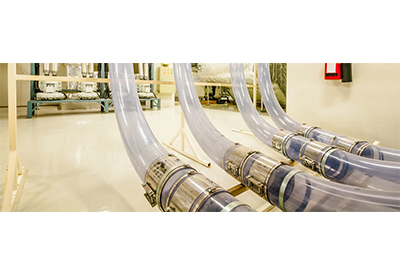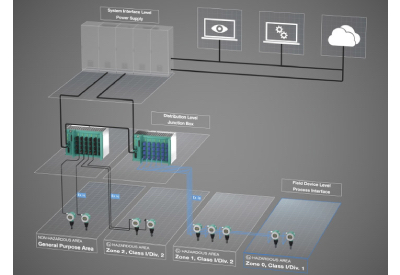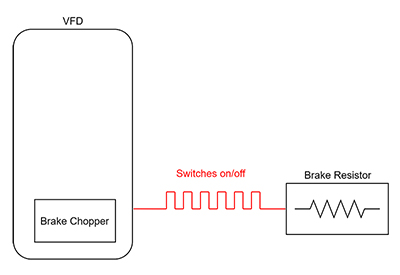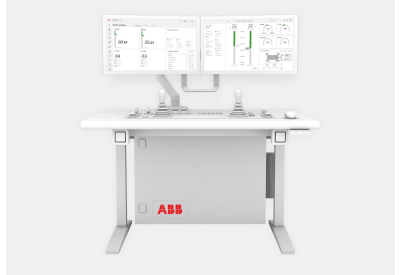How to Navigate the New Normal With Digital Service Technology
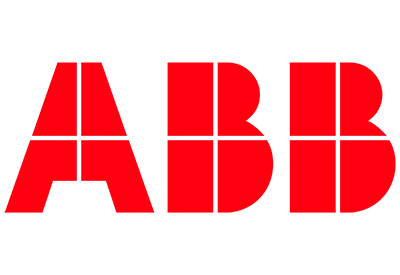
February 4, 2021
Traditionally, many industrial companies have relied on their service providers to help keep their operations running profitably, safely, and reliably. The need for this relationship remains, but the challenge is how to perform service and maintenance duties amid current and future lockdowns, travel restrictions, and social distancing.
The move to digital
Maintaining service levels for customers during these highly unusual working conditions has prompted service providers to adapt their approach. No longer able to perform standard maintenance operations in person, companies have had to look for innovative digital solutions with the ability to monitor critical equipment from a distance.
One approach that quickly found favour is remote services, such as installing, commissioning, and maintaining equipment without having any engineers on site. Using digital technology to allow service experts to connect with customers remotely offers considerable benefits in terms of reducing health and safety risks. Because travel is reduced, remote services also allow for a faster response. For all these reasons, customers seem more willing to embrace this new way of working.
A catalyst for data sharing
The global disruption brought about by the coronavirus has become a catalyst not only for digital innovation but collaboration too. As connectivity is the key enabler for remote services, it requires a significant change in terms of customers making their data more accessible to their service partners.
In the past, industries such as oil and gas have rightly been wary about cybersecurity and protecting data privacy. However, in the new normal there’s a growing realization that some level of data has to be shared with trusted partners to gain the full advantages of digitalization, especially preventative maintenance.
Some customers are eager to make their operations even more robust and reliable, to prepare for the digital ‘new normal’ and be able to meet any similar crisis in future. This is another factor driving the move from the traditional service business to remote services.
Long-term trends
Another major change will involve the business model for services. The traditional model where the service provider is paid for its material and work provided on-site, will change to an outcome-based business model driven by new digital solutions.
The focus will shift from how quickly we can get people on-site and how long it takes to find a solution to one of avoiding risk. Furthermore, customers will also demand that their service providers deliver guaranteed levels of reliability, availability and productivity. The economic benefit of this new approach is that OEMs like ABB already have the in-depth knowledge and expertise to optimize their products’ lifecycle and performance. Therefore, they will shoulder the responsibility for keeping plant running smoothly, rather than the asset owner, as is the case currently.
Customers will always be at the heart of a service business, but the nature of service may change. Insurance companies and investment funds could participate within a new service ecosystem. For example, a highly energy efficient motion solution might be installed and financed by a pension fund, operated by an industrial group, and a service provider ensures that it meets its performance and reliability targets.
As every device becomes part of a connected world, the trend in connectivity is bound to continue. This can support better decision making that provides a firm basis to achieve improved results. Interestingly, some of the remote predictive monitoring services we are deploying now were technically feasible 25 years ago, but they were expensive and hard to implement. With the advent of cheaper yet more sensitive wireless sensors, cloud connectivity and AI (artificial intelligence) those barriers no longer exist.
Plug and play experience, which the consumer world pioneered, will accelerate the digital transformation of the service industry. The growth in digital technology will also generate even more developments in virtual collaboration, such as augmented reality (AR) or virtual reality (VR), that enables service engineers to have effective telepresence.
In the longer term, energy efficiency will also be an immense opportunity. By monitoring a customer’s equipment remotely, we can see where it is performing well or where it’s inefficient. For example, electric motors might be uprated to the highest efficiency levels, such as IE5. Ineffective methods of speed control, such as throttling, might be modernized with variable speed drives (VSDs) that can typically boost energy efficiency by 30 to 50 percent.
Longer-term effects of COVID-19 on R&D
To ensure the industrial operations of our customers continue running profitably and reliably during these uncertain times and beyond, ABB will continue to make significant investments in the further development of our digital offering. Solutions to secure better performance and energy savings for customers will be key.
Together with our partners we will also expand to support customers through connected operations, as the remote monitoring of critical installations will prevent potential costly failures.


